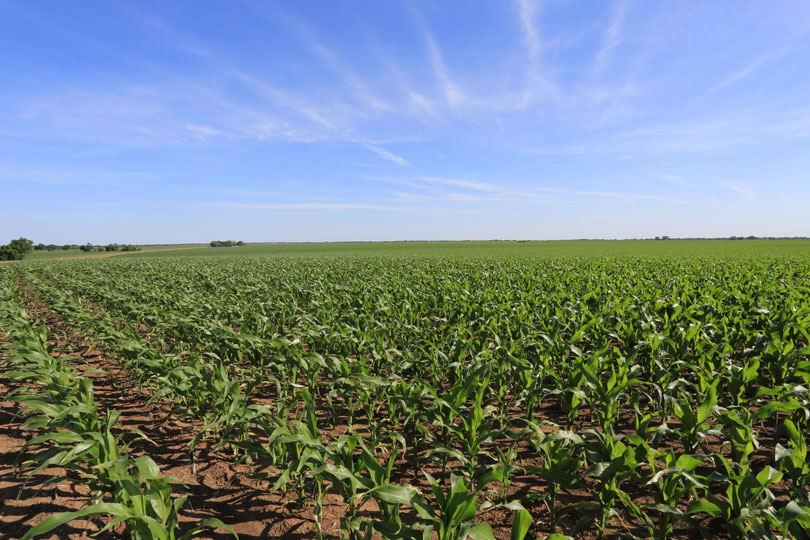By Justin Walker
Communications Specialist
Ongoing trade negotiations, low commodity prices and rising interest rates have farmers and ranchers facing much uncertainty in 2019.
A growing number of unknowns surrounding trade deals and commodity prices, specifically corn and soybeans, is likely causing quite a bit of concern for farmers, USDA Outlook Chairman Seth Meyer said.
“I think there is a great deal of anxiety over which crop to plant,” Meyer said.
Trade talks with China continues to keep soybean prices in limbo, he said. And corn has experienced a drop in prices due to a larger supply from other countries.
“You’ve got the really short term price of beans in the nearby futures and in the cash market, which has some element of a possibility of a trade deal with China,” he said. “Now you add a little bit of downward pressure on corn prices as you’ve got competition from the South Americans.”
The corn-to-soybean price ratio heavily favored corn in mid-February. However, that ratio has shifted to more toward the middle as 2019 progressed, Meyer said.
“This could shift dramatically depending on what the outcome of those negotiations are,” he said.
“The thing that would help our markets the quickest, and this includes the corn market, would be a reopening of the Chinese market to U.S. imports,” he said.
“Overall, global beef trade is up and overall volume is up,” Erin Borror, U.S. Meat Export Federation economist in Denver, said at the 2019 Texas Ag Forum. “Beef exports to China are now double the volume imported from the U.S.”
Borror noted global pork trade set a new record this year as strong demand for pork continues throughout the world. But African swine fever has contributed to a 15 percent drop in production from China and Vietnam, but Borror said the U.S. can capitalize on the gap, providing the retaliatory tariffs levied by China are eliminated.
The forum, which was held in Austin earlier this month, included presentations that addressed agricultural policy, trade and commodity prices.

